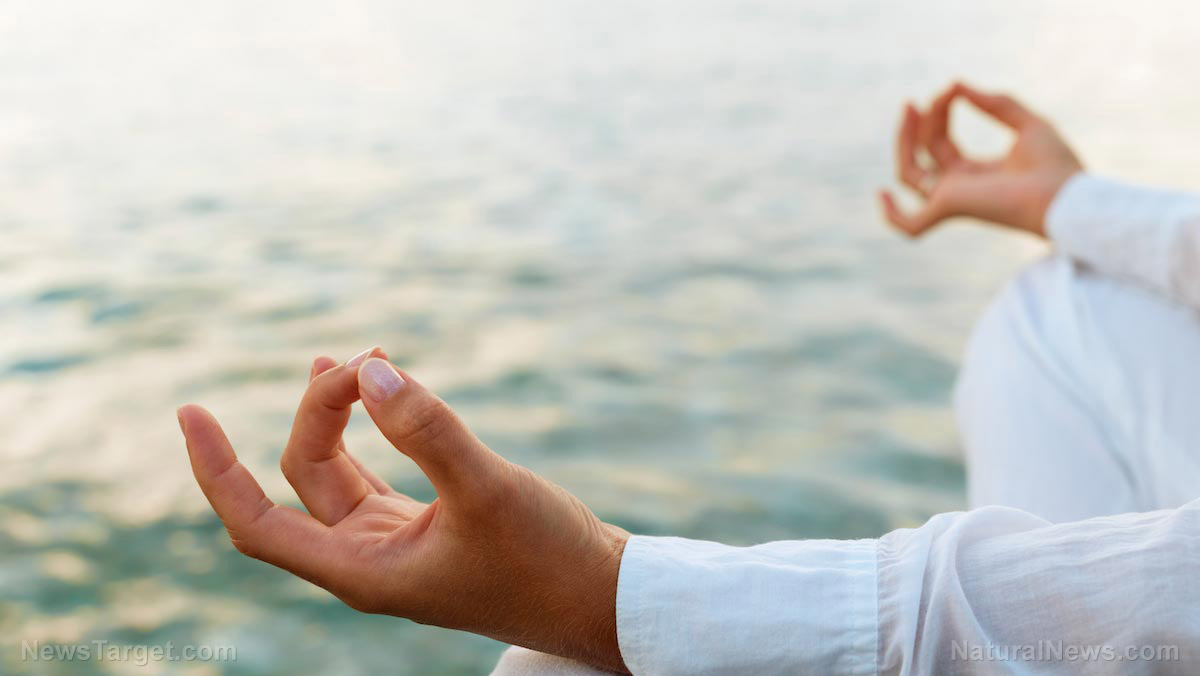
Of the three systems, yoga is drawing the greatest amount of attention. It has become a popular means of practicing meditation in the United States. Whether performed by itself or as a part of an alternative approach to health, yogic breathing exercises are considered to produce a very high amount of positive energy.
But yoga is not just a means of meditating. It is an organized system of values whose philosophies are drawn from the long history and many traditions of India. Practitioners can examine themes such as detachment, honesty, and purity through the lens of yoga's ethical principles. They can attain stability in the face of adversity and maintain that sense of tranquility despite going through rough spots in their lives.
There are also forms of yoga that are geared towards specific needs. Trauma-informed yoga was developed for patients who are suffering from post-traumatic stress disorder. The practice is slowly but surely accumulating evidence that suggests it can help amend depression. (Related: Stressed out? Just 20 minutes of deep breathing and meditation each day significantly improves your mood.)
Systematic study shows yoga is the most widely-used meditative movement
Shenzhen University (SU) recently supported a meta-analysis of experiments regarding the use of meditative movements as therapy for patients with major depressive disorder. The participants undertook meditative movement sessions for periods that spanned one to three months.
A number of the trials provided multiple options when it came to meditative movements. Others also permitted the use of antidepressants to compare the effects.
The research team noted that participants frequently picked yoga as their means of meditation. They also found that the groups that practiced meditative movement enjoyed healthier remission and response rates when compared to the control group.
This is one of the earliest systematic studies of meditative movements that covered their effects on depressed people. It concluded that patients seemed to benefit from practicing meditation.
Despite its systematic approach, the SU study does fall short in certain areas. If there was more than one means of therapy involved, it could not determine how much of the effect stemmed from a particular approach. Furthermore, it lumped together the many different modes of yoga into just one general set. Likewise, it did not look too deeply into the sub-type of meditative movement.
Meditative movements could provide a cheap and effective therapy for depression
As of the time of this writing, mental health professionals prescribe either antidepressant drugs, psychotherapy, or a mix of both for patients who suffer from major depressive disorder. However, a 2008 study supported by the Stanley Medical Research Institute found that only one out of every three cases displayed successful remission of symptoms.
Furthermore, there are patients who cannot undergo these conventional therapies. They might have medical conditions or strong personal beliefs that prevent them from taking the antidepressants. Meanwhile, psychotherapy is very expensive, making it unsuitable for many patients, especially those who are depressed due to financial woes.
There is definitely a need for alternative approaches to improving mental health that do not have chemically-induced side effects, can be practiced by anyone, and will not impose a financial burden on the patient. Meditative movements could fill this important niche, especially if there is sufficient evidence that validates its use as a first line treatment for mild to moderate depression.
Read more stories about the mental benefits provided by meditation at HealingArts.news.
Sources include:
Please contact us for more information.























